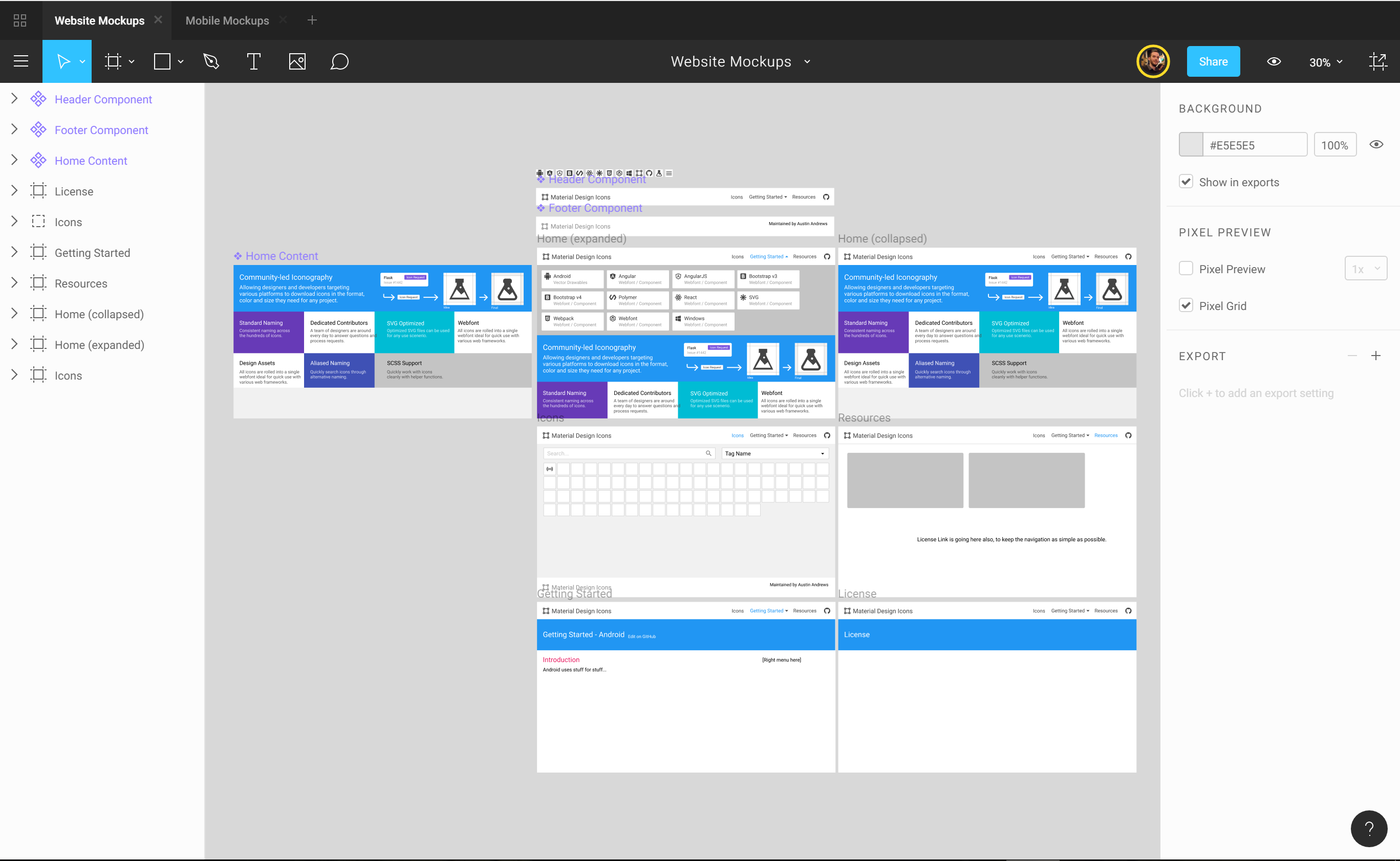
You can apply layout grids as columns, rows, or have both.
FIGMA DESKTOP UPDATE
Update the Size field to the desired dimensions:.Click to open the layout grid settings.This determines how many pixels each square will contain.įor example: In a default 10pt grid, each square of the grid will contain 100 pixels (10px by 10px). If you select a uniform grid, you can choose the size of the grid. Click in the layout grid properties window:.Learn more about Combining layout grids ↓ Changing the layout grid You can use grids on their own or combine them to support more complex layouts. They are ideal for designing responsive interfaces for web and mobile. With column and row grids, you can define the width or height of the grid, as well as your gutter and margins. Square grids are great for situations requiring precision, like designing symbols or icons. Uniform grids let you define both the size and color of the grid. There are three types of layout grids available a uniform square Grid, Columns, and Rows. You can then click to open the layout grid settings and update any properties:.A uniform grid will be applied to the frame by default:.Click next to Layout grids in the right sidebar:.Select the frame in the canvas or the Layers panel of the left sidebar:.You can find the layout grid settings in the right sidebar: Remember that components are also frames, so you can apply them to components too. You can apply a layout grid to any frame. Note: Learn more about using grid systems with Figma, in the blog post: Grid Systems for Screen Design Applying layout grids Support diverse layout techniques like galleries, icons, or entire page layouts.Reduce the time taken to define layouts for mock-ups or wireframes.Make fewer decisions when defining layouts.Establish consistency across multiple platforms.This could be a top-level frame, or a frame nested within another frame. You can only apply layout grids to frames. This means they aren't dependent on a specific resolution or dimensions. Layout grids aren't reliant on the pixel grid. They help our designs remain logical and consistent across different platforms and devices. They provide visual structure to our designs. Layout grids help us to align objects within a frame.
FIGMA DESKTOP PRO

To allow our designs to adapt, we need both precision and flexibility. Now you're ready to start translating with the Smartling Figma plugin.When designing for the screen, there are any number of layouts to contend with.


The Smartling Account section will open a browser to prompt you to authenticate with Smartling.Here you'll notice all the translation features available. In the Figma menu (top left), click Plugins > Smartling.Once you've installed the plugin, you'll need to connect it to your Smartling accountĬonnect the Smartling Figma Plugin to Smartling.The Smartling plugin only works on the Figma desktop app.Images must be under 50M pixels or 25 MB.Using the Figma plugin will also provide automatic Visual Context for linguists in the CAT Tool for images up to 50M pixels, or 25 MB on the entire page, (not just the submitted board(s)).Īlthough the Smartling Figma plugin is visible in the Figma browser, it is currently only accessible via the Figma Desktop app. Rather than waiting for Development to complete, users can now perform automated translations prior to Development beginning.
FIGMA DESKTOP SOFTWARE
The integration is intended to allow organizations to start translation earlier in the Software Development process. Within Figma, you can send and receive translations performed within Smartling.


 0 kommentar(er)
0 kommentar(er)
